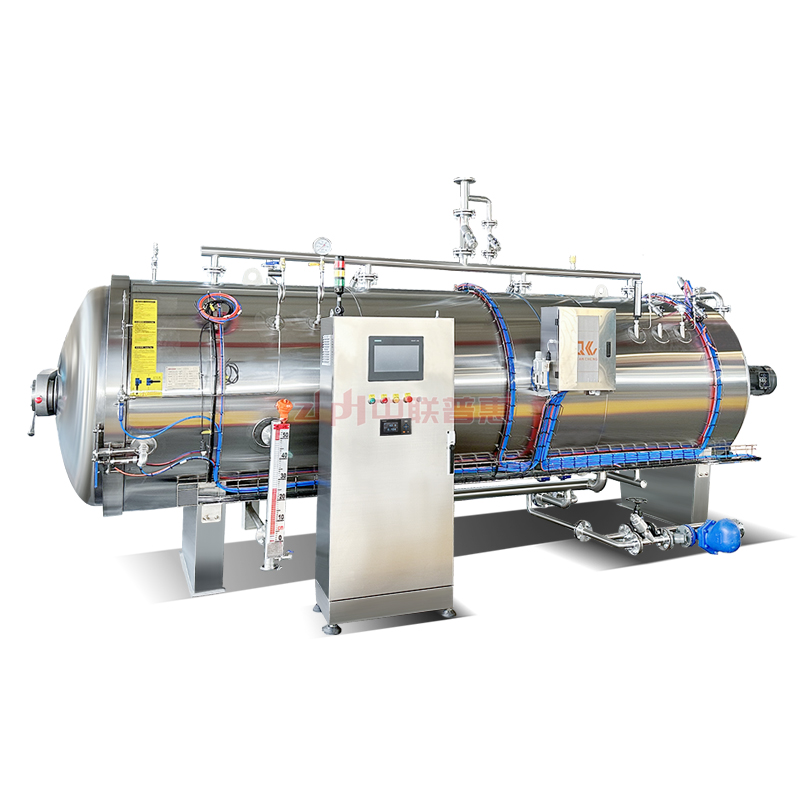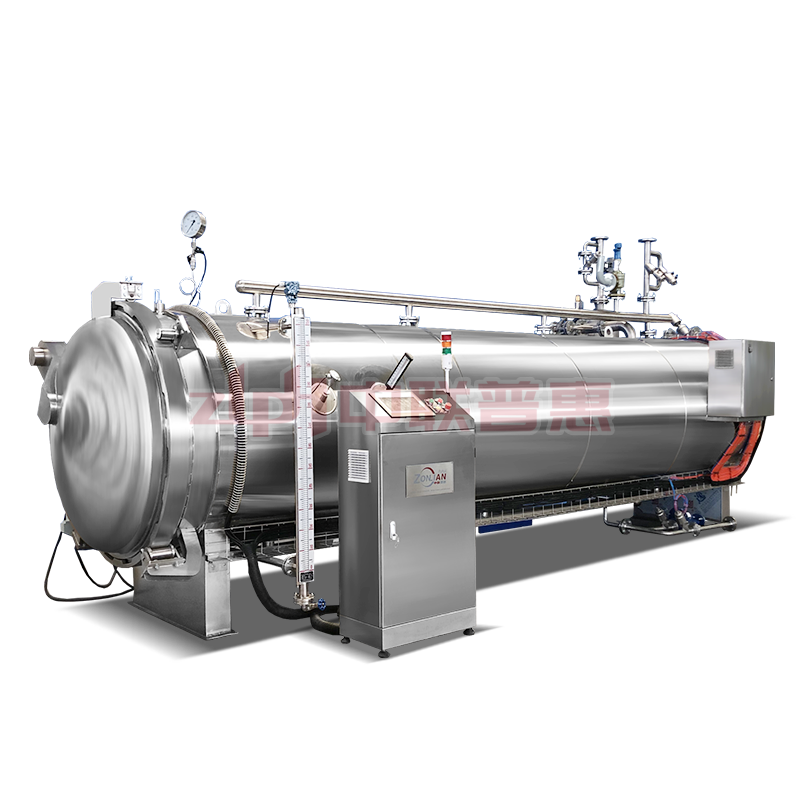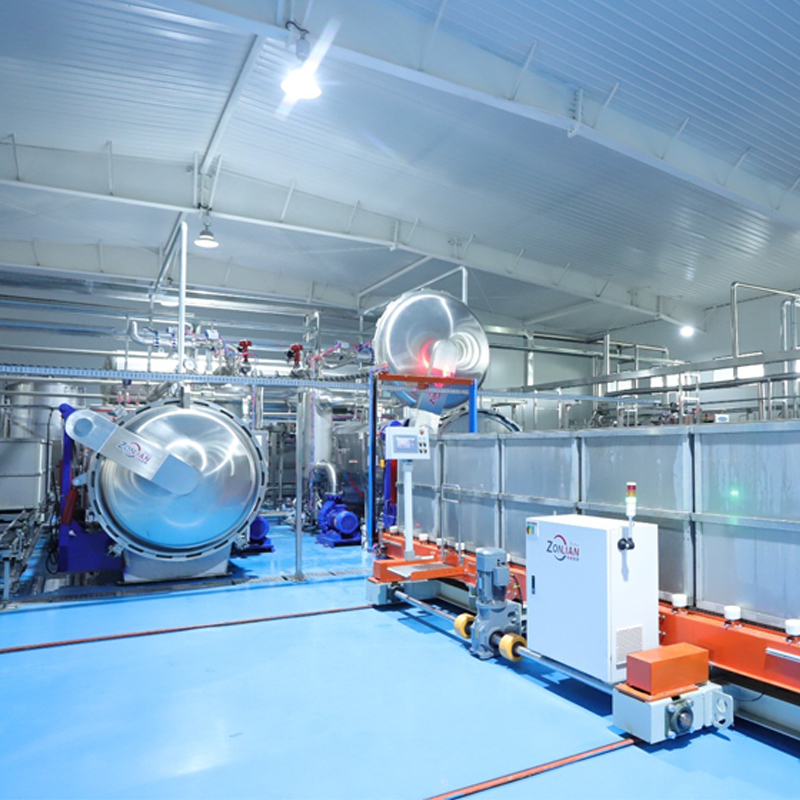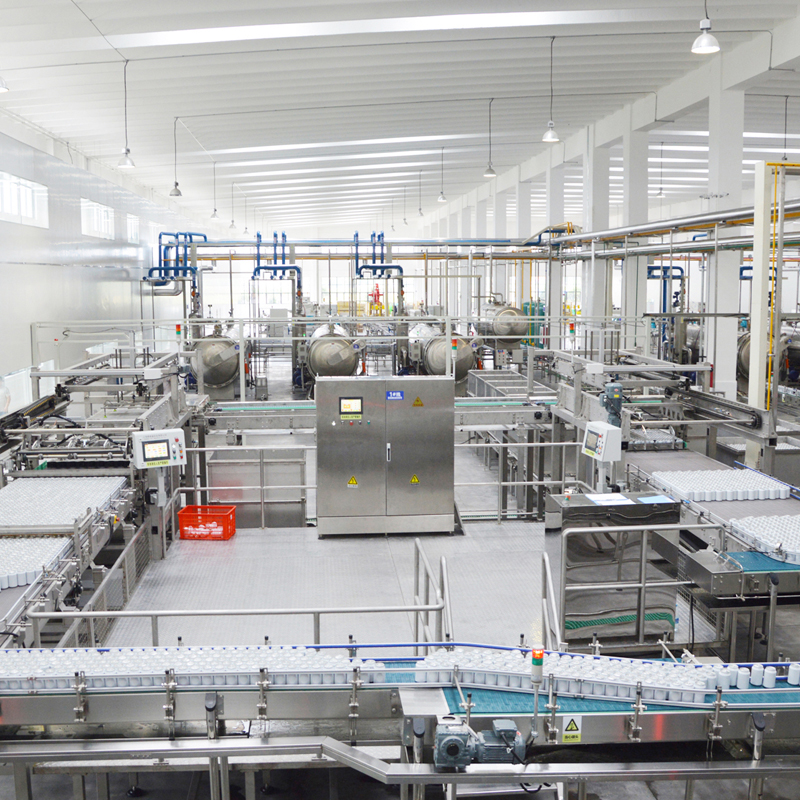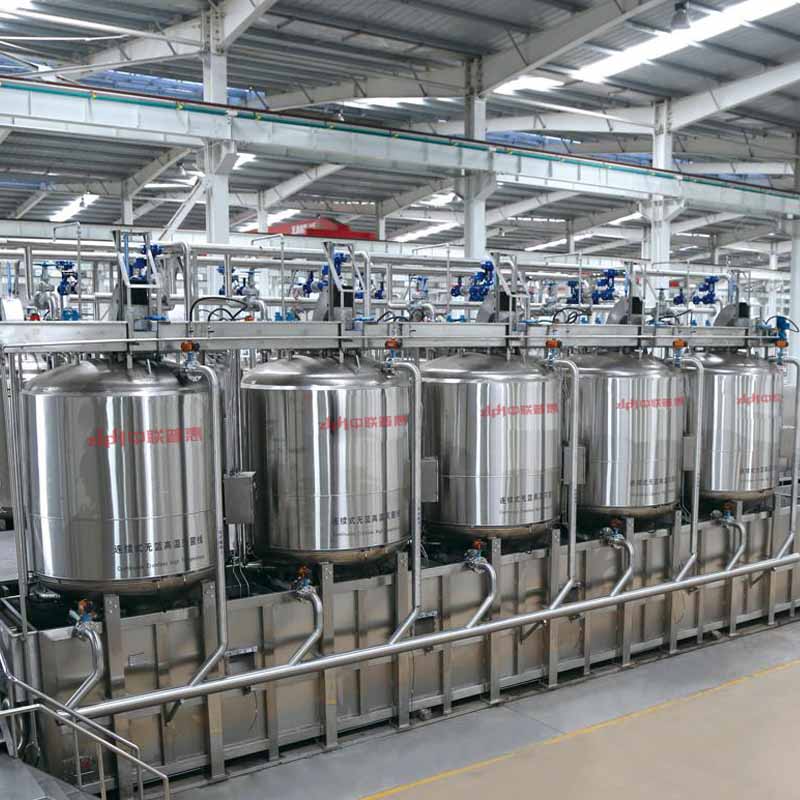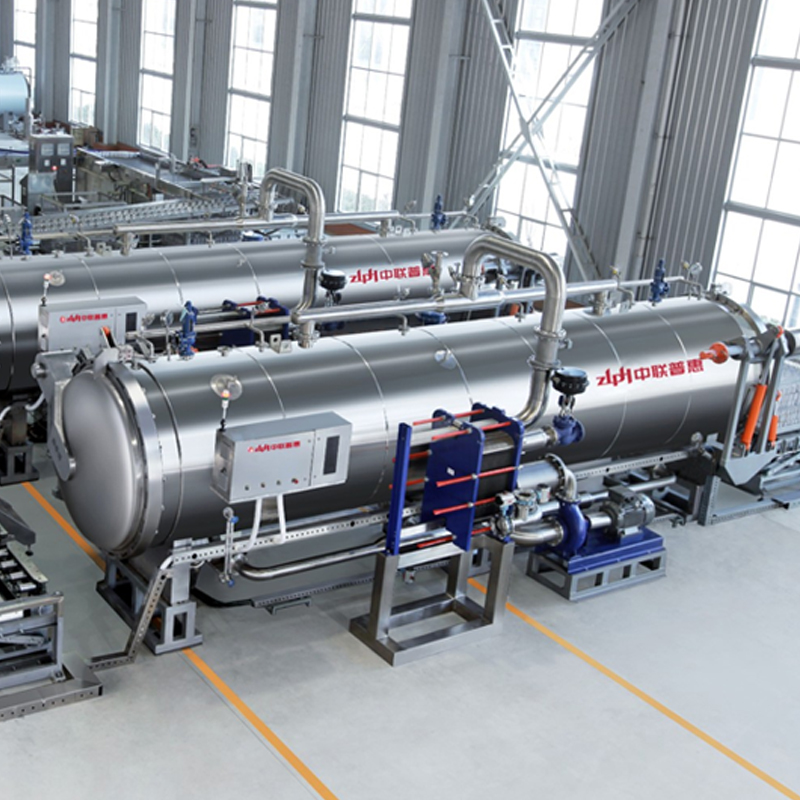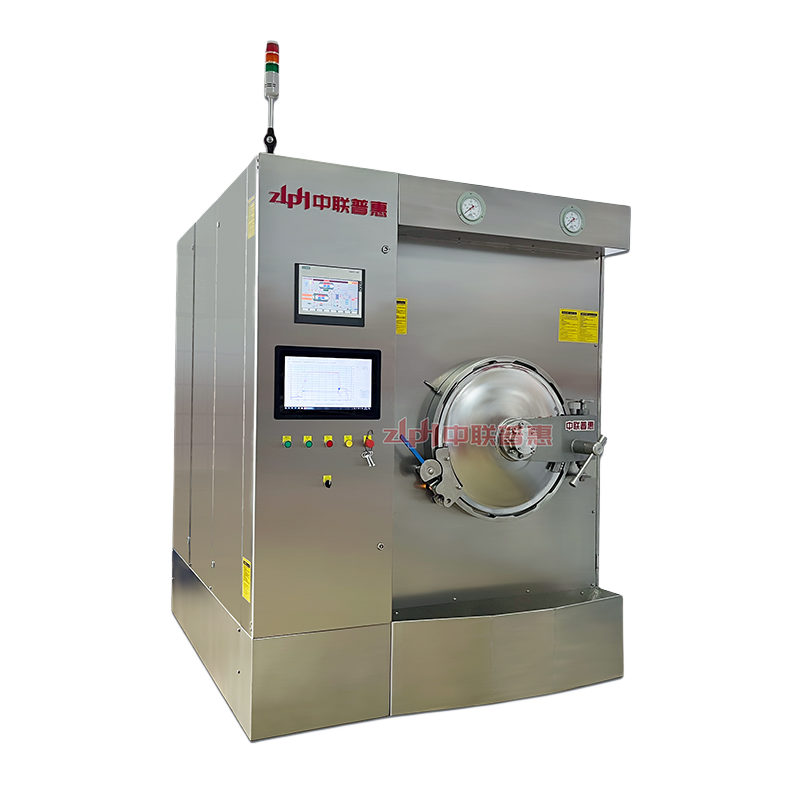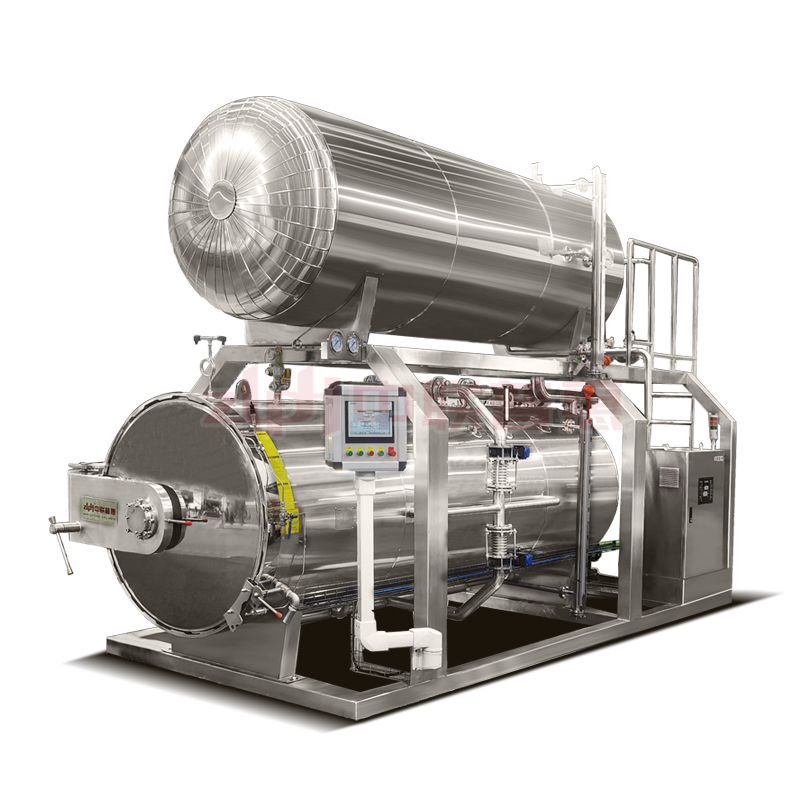In the world of food and beverage, pharmaceutical, and cosmetic manufacturing, the paramount challenge is preserving products without compromising safety, quality, or nutritional value. While refrigeration and freezing are common solutions, they come with significant logistical and cost limitations. This is where a powerful, time-tested, yet continually evolving technology comes into play: the Retort Machine.
This definitive guide will delve deep into the world of retort processing. We will explore what a retort machine is, the critical reasons for its use, and provide a detailed, step-by-step guide on how to operate one safely and effectively. Whether you are a food industry entrepreneur, a quality assurance manager, or simply a curious mind, this article will equip you with a thorough understanding of this cornerstone of modern manufacturing.
What is a Retort Machine? Demystifying the Technology
At its core, a retort machine is a large, industrial-scale pressure cooker. It is designed to thermally process pre-packaged food and other products to achieve commercial sterility. This means that all viable microorganisms (including bacteria, yeasts, and molds) and their spores, which could cause spoilage or pose a health risk, are eliminated.
The key differentiator from simple boiling is the application of pressure. By creating a high-pressure environment, the retort allows the temperature of the water or steam inside to rise significantly above the normal boiling point of 100°C (212°F). Typical retort processes operate in the range of 115°C to 135°C (239°F to 275°F). This high temperature is crucial for efficiently destroying highly heat-resistant spores, such as those of Clostridium botulinum, the bacterium responsible for botulism, a life-threatening form of food poisoning.
Basic Components of a Retort System:
Pressure Vessel: The main, robust chamber, usually made of stainless steel, designed to withstand high internal pressure and temperature.
Heating System: This can be a steam jacket, direct steam injection, or an electric heating system that raises the temperature of the processing medium (water or steam).
Control System: The brain of the operation. Modern retorts use sophisticated Programmable Logic Controllers (PLCs) to meticulously manage temperature, pressure, and process time.
Water Circulation System (for water immersion/water spray retorts): Pumps and nozzles ensure uniform heat distribution by constantly agitating the water around the packages.
Pressure and Temperature Sensors: Continuously monitor the internal conditions and provide real-time data to the control system.
Safety Valves: Critical fail-safes to prevent over-pressurization of the vessel.
The "Why": Compelling Reasons to Use a Retort Machine
The adoption of retort technology is driven by a multitude of benefits that impact safety, quality, logistics, and business viability.
1. Uncompromising Product Safety and Public Health
This is the most critical reason. The retort process is a validated kill step for pathogenic microorganisms. By destroying C. botulinum and other pathogens, it prevents foodborne illnesses and ensures the product is safe for consumption. This level of safety is non-negotiable for low-acid foods (pH > 4.6) like meats, vegetables, dairy, and seafood, which are ideal environments for these dangerous spores to grow.
2. Extended Shelf Life Without Chemical Preservatives
Retorted products can achieve a shelf life of one to five years or more without the need for refrigeration. This is accomplished through the destruction of spoilage organisms. For health-conscious consumers, this is a significant advantage, as it allows manufacturers to create "clean-label" products with minimal or no artificial preservatives.
3. Preservation of Nutritional and Sensory Qualities
Contrary to the misconception that all canned food is mushy and nutrient-deficient, modern retort processes are finely tuned to achieve commercial sterility with minimal damage to the product. The process is designed to deliver the precise amount of heat necessary to destroy microbes while preserving vitamins, texture, color, and flavor far better than older, less controlled canning methods. The use of agitation in many retorts further helps maintain the integrity of particulates in sauces or stews.
4. Enabling Global Supply Chains and Market Expansion
The ambient (room-temperature) stability of retorted products revolutionizes logistics. It eliminates the cold chain, drastically reducing transportation costs, energy consumption, and the risk of spoilage due to temperature fluctuations. This allows a manufacturer in one country to safely and cost-effectively ship its products to the other side of the world, unlocking new markets and distribution channels.
5. Packaging Versatility and Innovation
While traditionally associated with metal cans, modern retorts are compatible with a wide range of flexible and semi-rigid packaging, including:
Retort Pouches: Laminated, flexible packages that offer faster processing times and consumer convenience.
Trays and Bowls: Ideal for ready-to-eat meals.
Glass Jars.This flexibility allows brands to innovate with packaging formats that appeal to modern consumers seeking portability and convenience.
6. Operational Efficiency and Cost-Effectiveness
Although the initial investment in a retort system can be significant, the long-term operational costs are favorable. The elimination of frozen storage, reduced transportation costs, and minimal product returns due to spoilage contribute to a strong return on investment. Furthermore, batch processing in large retorts allows for the high-volume production of consistent, high-quality products.
The "How": A Step-by-Step Guide to Operating a Retort Machine
Operating a retort is a scientific process that requires strict adherence to protocols. The following is a generalized guide; always follow the specific Standard Operating Procedures (SOPs) and safety regulations for your equipment and product.
Phase 1: Pre-Processing Preparation
Step 1: Product Preparation and Formulation
The raw materials are prepared (washed, peeled, cut, cooked, etc.) and formulated according to the recipe. The product's pH, water activity, and composition are critical factors that will determine the required process time and temperature.
Step 2: Packaging and Sealing
The product is filled into the chosen packaging (pouch, can, tray). It is essential to leave the correct headspace—the air gap between the product and the seal. Insufficient headspace can cause packages to burst during processing, while too much can lead to inadequate air removal. The package is then hermetically sealed. The integrity of this seal is paramount; any leak will render the sterilization process useless.
Step 3: Loading the Retort
Packages are loaded into the retort basket or crate. Proper loading is crucial to ensure the free flow of the heating medium (steam or water) around every single package. Overcrowding can create cold spots where heat penetration is inadequate, leading to under-processed and unsafe product.
Step 4: Closing the Vessel and Initial Checks
The retort door is securely closed and locked. Operators verify that all valves are in their correct starting positions and that the water level (for water-based systems) and pressure are as required.
The Indispensable Role of the Retort Machine
The retort machine is far more than just a large pressure cooker; it is a sophisticated piece of life-sustaining technology. It is the guardian of public health, an enabler of global commerce, and a tool for delivering high-quality, convenient, and nutritious food to billions of people. By understanding the profound "why" behind its use and mastering the meticulous "how" of its operation, manufacturers can leverage this powerful technology to build safe, sustainable, and successful businesses. As packaging and control technologies continue to advance, the retort will undoubtedly remain a cornerstone of the manufacturing industry for decades to come.
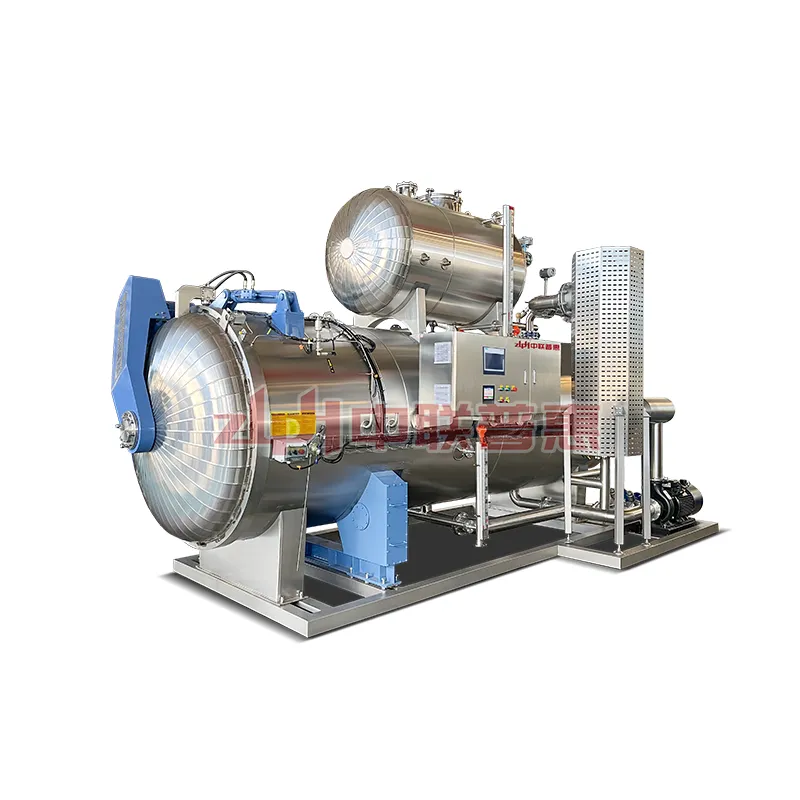
Food Sterilization Equipment
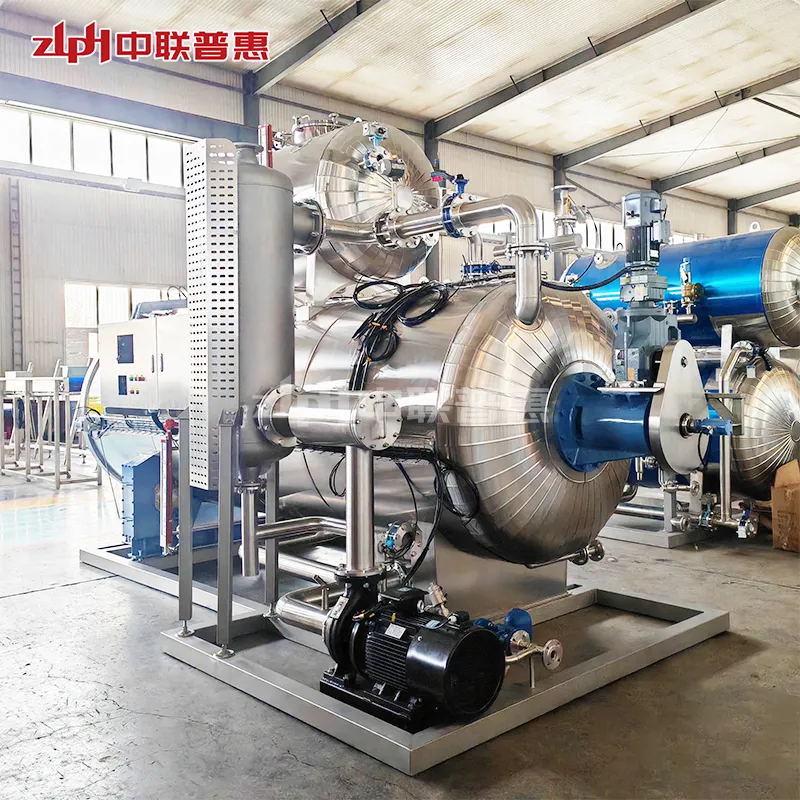
Industrial Retort Machine
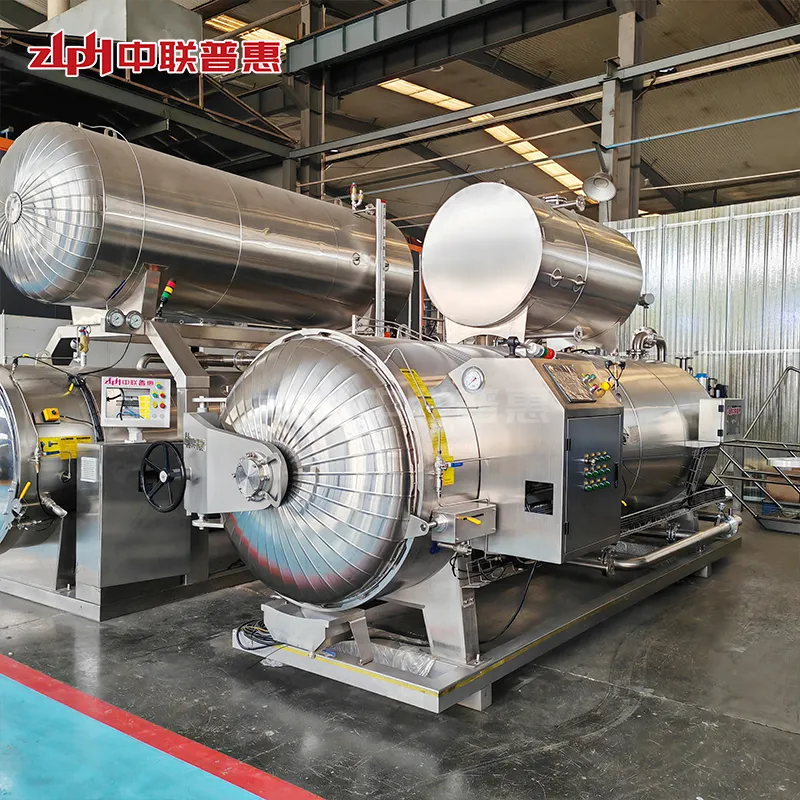
retort machine



